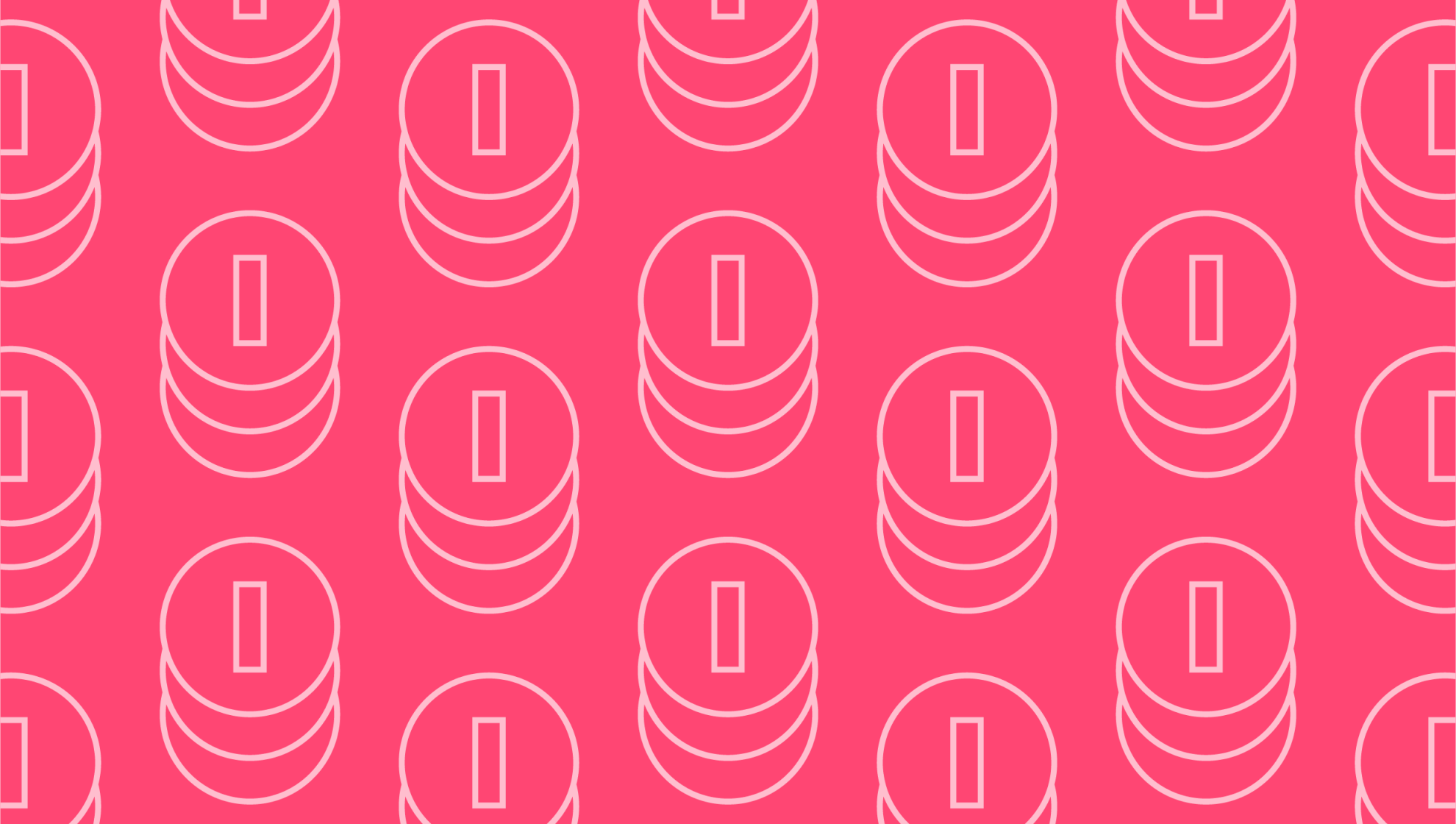Last editedAug 20213 min read
With any organization, a CEO or entrepreneur needs to understand various types of metrics, related to a company’s operational activities. One of the most important metrics has to do with money. The more money you have, the more time you will have to work on building up your business and ultimately, generating a profit.
The concept of burn rate can be applied to multiple fields such as project management, personal finances, or scientific settings—rocketry (rocket fuel burned), biology (basil metabolic rate), and chemistry. For this article, the focus will be on start-ups and the flow of cash in and out. Running out of cash is how most start-ups die so knowing your burn rate is an essential part of the job and a vital way to keep your company from going under.
Burn rate definition
If the concept of burn rate can be applied to numerous settings, what is a start-up’s definition of burn rate? Quoted in terms of the amount of cash spent per month, burn rate is the amount of cash a company is losing every month. Although burn rate is similar to the concepts of profit and loss, it only applies to cash.
This figure does not include expenses or revenue, such as a vendor paying an invoice six months from now. It is based on the total amount of actual cash on hand and measures how quickly that cash is spent in a specific time period. On the investment side, knowing a start-up’s burn rate can help with the financial decision-making process. A start-up with a high burn rate may require more attention and can signal if a company is self-sustaining or if it needs future financing.
Many start-ups operate with a negative cash flow in the beginning as the operational understanding is essentially that in order to actually make money, you have to spend money.
How to calculate cash burn rate
Knowing where your cash is and how quickly the cash is coming in or out can make or break a start-up. If you want to know how to calculate cash burn rate, you will want to look at your cash balances over a specific period of time.
Overall burn rate: Determine how long your company can continue to operate.
(Starting balance – Ending balance) /# of Months
If your business is generating revenue, the formula is a little different.
Gross burn rate: A company’s total operating costs.
Cash / Monthly Operating Expenses
Net burn rate: Total amount of money a company loses each month. Takes revenue into account so as revenue increases, net burn decreases.
Cash / Monthly Operating Losses
Here is an example of the burn rate calculation:
If a company’s starting cash balance is $1,000,000 and $400,000 at the end of the first quarter.
($1,000,000 - $400,000) / 3 months = $200,000
Based on this burn rate calculation example, the company is losing $200,000 in cash per month. This means the company has about 2 months left before running out of cash.
Reduce cash burn rate
Knowing where the money is going will help you to prioritize and act accordingly. Some ways to cut costs and reduce your cash burn rate include:
Cheaper means of production, such as on-demand inventory
Reducing unnecessary office space, bills, and subscriptions
Technology changes
Marketing reorganization
Project increases in growth to cover fixed expenses and improve financial situation
The burn rate is an important metric when managing a start-up and it is a figure you should always know. Your cash burn rate identifies how fast your company is using shareholder capital and is a good indicator for current and potential investors.
Suggestions
Generally, the burn rate is communicated in monthly terms. Understanding your company’s cash consumption can provide a good frame of reference for when your next funding event may need to take place. When communicating with investors and shareholders, the best policy is to be honest, so know where your money is going. Consider the following suggestions to keep your cash as high as possible:
Include your burn rate in a financial model to see beginning cash balance, burn rate, and ending cash balance for a specific time period.
Estimate cash going out and cash coming in. This will help you to calculate what you have left.
Use the burn rate to anticipate when you are close to the financial danger zone.
Set a reminder to look at your metrics on a regular basis, either daily or weekly.
In a bear market, avoid having a high burn rate in case you need to make changes. The more room you have to manoeuvre, the more options you will have.
Account for burn rate while preparing your business plan or investor pitch.
There is a potential reward for taking risks. This key metric can be used as a benchmark of performance so always know your cash burn rate and be prepared to discuss it at a moment’s notice.
We can help
GoCardless helps you automate payment collection, cutting down on the amount of admin your team needs to deal with when chasing invoices. Find out how GoCardless can help you with ad hoc payments or recurring payments.
